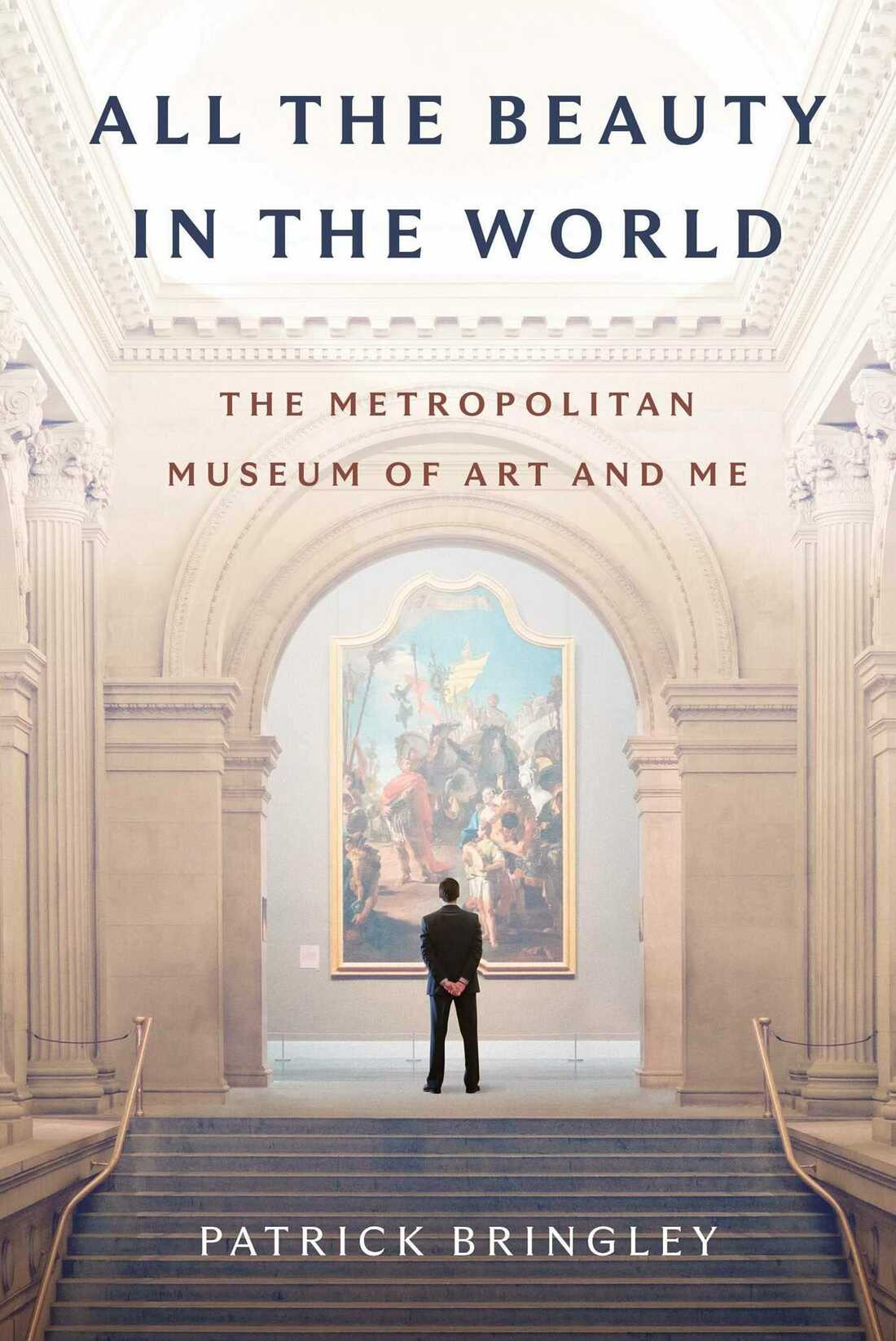

All the Attractiveness in the Entire world, Patrick Bringley’s memoir about his 10 many years doing work as a guard at New York’s Metropolitan Museum of Artwork, provides new this means to the expression “artwork appreciation.” In the pantheon of successful guides about the Fulfilled, it is proper up there with E.L. Konigsburg’s From the Combined Up Documents of Mrs. Basil E. Frankweiler.
Like the runaway siblings in Konigsburg’s 1968 Newbery Medal-winner — who unlock secrets and techniques about the museum’s treasures immediately after tenting out in its hallowed halls (sleeping in an ornate 16th century English Renaissance mattress and bathing in the fountain, from which they fish out shelling out dollars) — Bringley presents an strange, insider’s vantage position on this extensive palace of art. For the duration of 8-12 hour shifts expended rotating amongst the galleries in thoroughly choreographed assigned posts, he will take advantage of the present of time to examine the masterpieces he’s been employed to defend — and to ponder the function of art throughout heritage.
Bringley is surely not the only Met staffer to compose about the establishment. A notable latest example: In 2019, Christine Coulson, who worked her way up the ranks at the museum from summertime intern more than extra than 25 yrs, released a component factual, part fantastical novel, Metropolitan Stories.
But Bringley’s guard’s-eye view is distinctive, and he presents his own story with a refreshing sincerity and absence of edginess or posturing. In the wake of his 27-12 months-old brother Tom’s dying from cancer in 2008, Bringley, two yrs his junior, gave up a prestigious “superior-flying desk occupation” at The New Yorker, the place “they advised me I was ‘going locations,'” for a work in which “I was joyful to be heading nowhere.” He explains, “I had lost someone. I did not desire to go on from that. In a sense I failed to want to move at all.”
Drawn to “the most uncomplicated occupation I could imagine of in the most lovely position I realized” — a occupation that promised space to grieve and mirror in the wake of his decline — Bringley arrived at the Satisfied in the slide of 2008. He explains his condition of thoughts when he pivoted toward this union placement for which he donned a low-cost, blue, polyester uniform and acquired an allowance of $80 a calendar year for socks: “My coronary heart is full, my heart is breaking, and I terribly want to stand nonetheless a though,” he writes.
Bringley would not say when he determined to channel his knowledge of locating solace in art into this guide, while it is apparent that he took notes all through his 10 a long time at the museum. But this pre-pandemic tale — about jumping off the career ladder and intentionally taking a posture divorced from ambition in purchase to discover the place for tranquil contemplation — is oddly suited to our situations.
All the Natural beauty in the Globe gives very well-preferred information about the museum and Bringley’s co-staff to anchor his personal tale. The Met opened in 1880 and has because sprawled to a lot more than 2.5 million sq. ft., “the dimension of about 3,000 normal New York residences.” Its holdings, developed on non-public donations — not like Europe’s royal collections — holds additional than 2 million objects, only a fraction of which are demonstrated at a time.
The “salmon operate of guests” that ascends the Grand Staircase every single early morning when the Museum opens provides up to a crowd of nearly 7 million site visitors a year — “larger attendance than the Yankees, Mets, Giant, Jets, Knicks, and Nets merged,” although fewer than the Louvre or the Countrywide Museum of China. Half are from abroad, and 50 percent of the United States citizens are from out of town.
Of its far more than 2,000 staff — which include things like curators, custodians, carpenters, conservators, riggers, art handlers, and far more — about 600 are guards, approximately fifty percent of whom are foreign-born, such as a lot of from Guyana, Albania, and Russia. Bringley loves the diversity.
As compelling as these facts are, it’s Bringley’s reflections on dozens of unique paintings, photographs, sculptures, and historic artifacts that elevate this memoir into a paean to the electricity of art. Talking about Alfred Stieglitz’s fascinating photos of his wife, Georgia O’Keeffe, he writes, “I imagine that at times we will need authorization to stop and adore, and a work of artwork grants us that.”
Though not religious, Bringley is notably drawn to sacred artwork from all above the earth. He is especially moved by the “luminous sadness” of outdated Christian paintings. He admires the swish broken physique of a 15th century Italian Crucifixion by Fra Angelico, in which he finds a reminder that “we are mortal, that we endure, that bravery in suffering is wonderful, that decline conjures up appreciate and lamentation.”
In a Vermeer portrait of a dozing maidservant, he is moved to see that the artist captured “that sensation we sometimes have that an intimate environment possesses a grandeur and holiness of its personal. It was my regular experience in Tom’s healthcare facility area.”
Wonderfully, every of the artworks Bringley discusses are shown at the finish of this stunning book. Even far better, they are accompanied by links to visuals on the author’s web-site at patrickbringley.com/artwork.
As abundant in transferring insights as the Fulfilled is in treasures, All the Elegance in the Entire world reminds us of the importance of learning not “about artwork, but from it.” This is art appreciation at a profound level.
